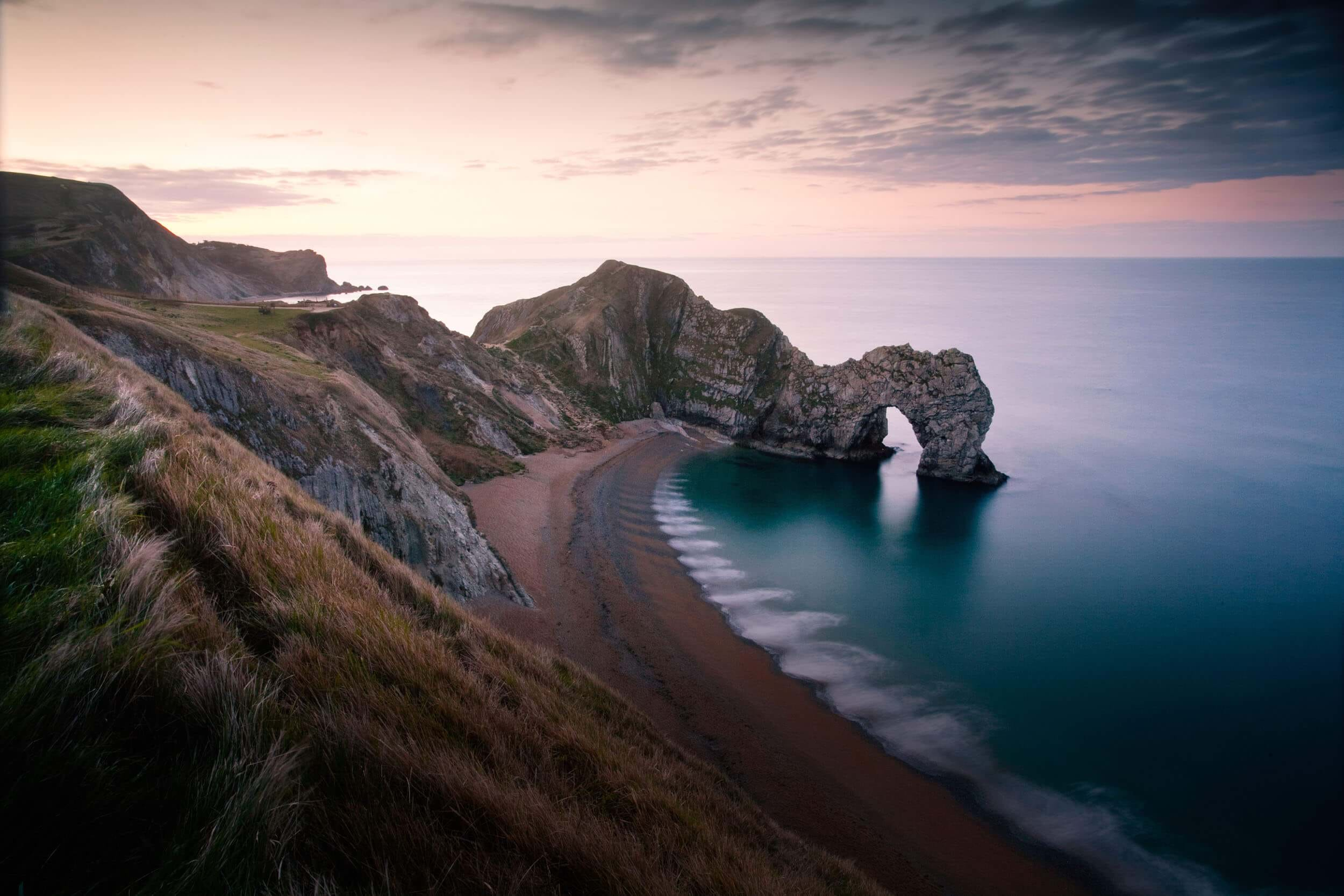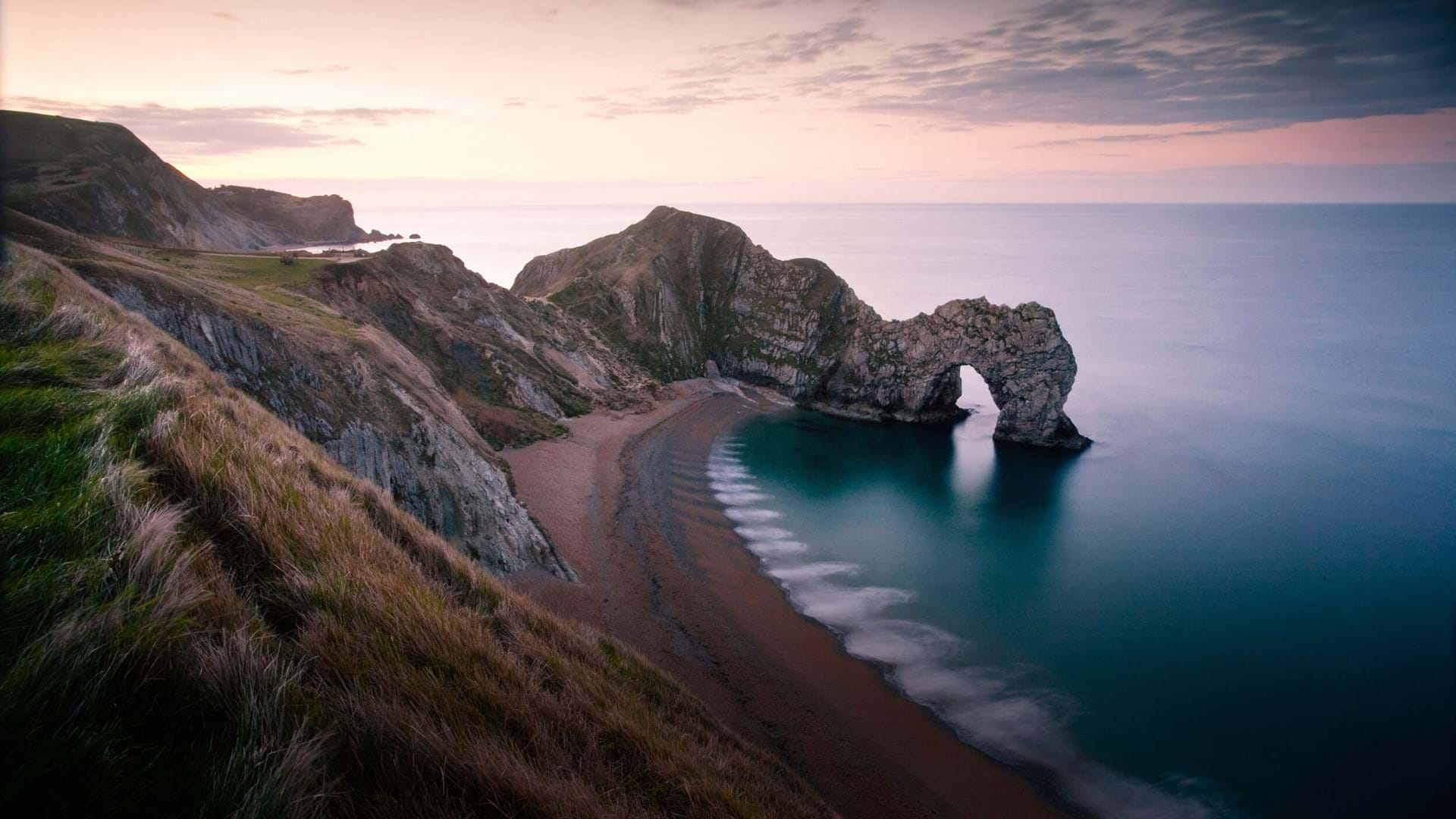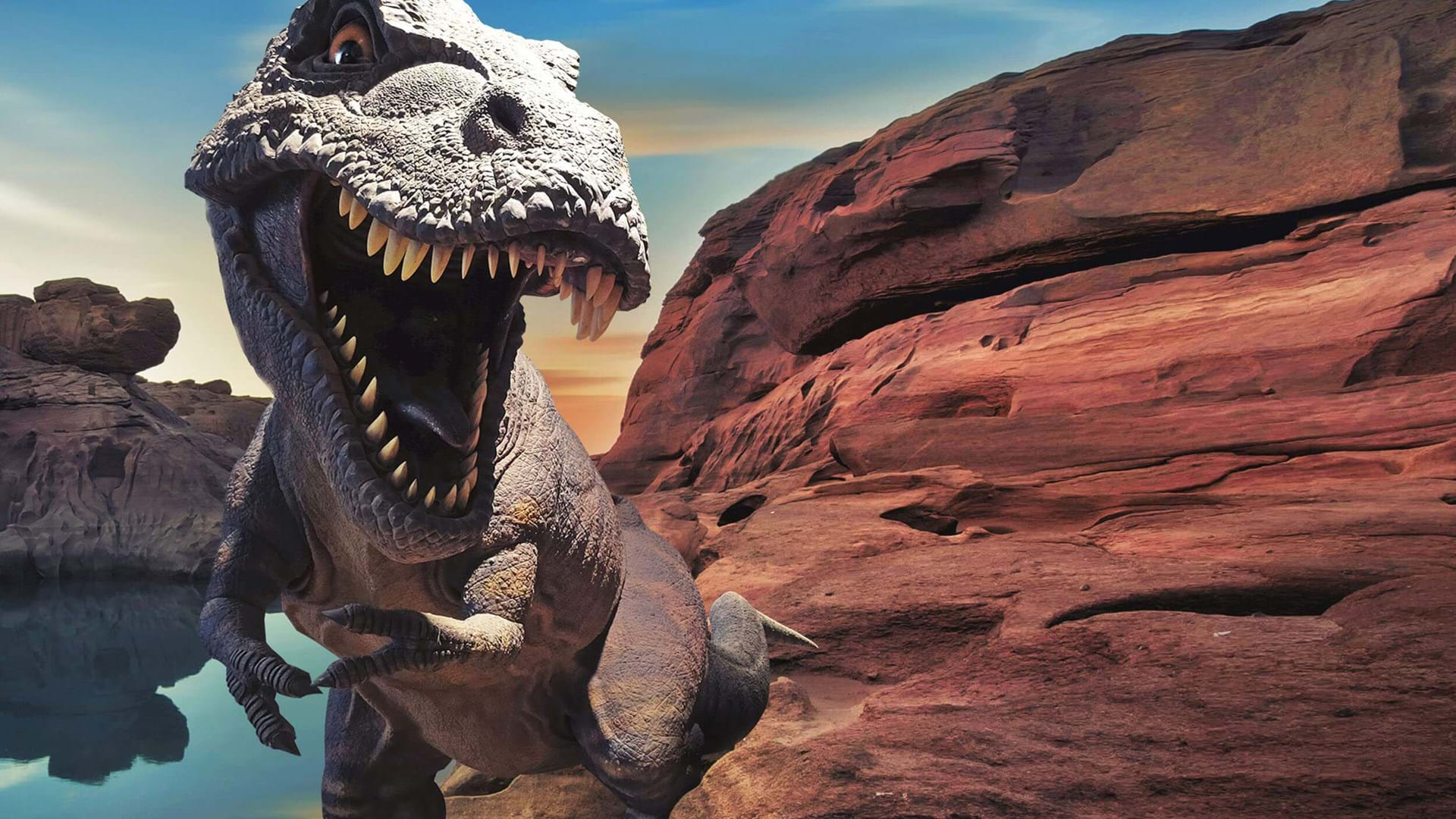
Ferries
Ferry & Hotel

- Ferries
- Ferry & Hotel
- Day Trips
- Travel Guides
- Onboard
- Help & Info
Ferries
Ferry & Hotel



Once you drive off the ferry to the UK, an exciting car ride will take you to one of the most wonderful places to see in the country. As England’s very first Natural World Heritage Site, the Jurassic Coast is a hugely important geological landscape formed of 95 miles (155km) of rugged coastline from East Devon to Dorset.
Rich in history - 185 million years to be precise - this dramatic stretch is a geological checkerboard of jutting crags, sea caves, arches, stacks and rocky cliffs from the Triassic, Jurassic and Cretaceous periods. UNESCO recognised the global importance of the fossil-laden coastline with its mysterious crumbling layers of rock and sandy beaches strewn with belemnite guards and ammonite shells.
In the wake of the blockbuster dinosaur movie Jurassic World, which premiered in the UK in summer 2015, the intrigue surrounding the Jurassic Coast has intensified. These days, of course, the region’s dinosaurs are rather thin on the ground, though it is on the Jurassic Coast that the huge, and rather terrifying pliosaur skull was found. Now housed in Dorset County Museum and dubbed ‘The Worlds Biggest Bite’ this razor-toothed carnivorous jawbone isn’t the only heart-stopping fossil unearthed on the Jurassic Coast. A life-size cast of the most complete dinosaur skeleton ever found in the UK takes centre stage at the Charmouth Heritage Coast Centre.
For dinosaur footprints the size of tea-trays be sure to visit the Swanage Museum and Heritage Centre. Lyme Regis Museum has fossils aplenty too, and fossils can be found on the beaches that lie either side of the town. Most fossils are sea creatures and shellfish dating back to when the waters were warm and tropical. Specimens found on the Jurassic Coast range from the preserved remains of starfish and single jagged teeth, to fully intact ammonite swirls and pre-historic spiny fish. Plants can lurk for millions of years in sedimentary rocks you may spot a cracked bone, a smashed shell, a footprint or half a leaf. The fossils of the Jurassic Coast come from rocks that formed between 250 and 65 million years ago during the Mesozoic Era and provide a record of life during that time.
Numerous local guides run fossil-hunting walks and dinosaur-themed fun-days for adults, families and teens - it’s little wonder a recent press report urged fans of Jurassic World to explore the Jurassic Coast by asking “isn’t-it-about-time-you-came-and-saurus?!!”. The pun couldn’t be more apt!
Carved over thousands of years by ice ages and changes in sea-levels, the Jurassic Coast is a living history-book that tells a story spanning millions of years of Earth’s evolution. You can explore this time-etched, wave-carved unworldly terrain on ‘The South Coast Walk’, which begins where the oldest red Triassic rocks characterise the land and ends where the youngest white chalk stacks can be found.
Legions of coastal walkers adore the paths that snake along West Bay and up to the lofty highs of Golden Cap. It is from the coast path that the most-photographed facet of the Jurassic Coast can be found - the spellbinding rock arch of Durdle Door. Step-back-in-time, Lulworth Cove is close to an eerie Fossil Forest where the petrified remains of Jurassic-era cypress trees rise up from a swamp bed like bony, gnarled hands grasping for the sky on a backdrop of shingle beach with its limestone and chalk spurs and boulders.
When the South of England’s much-awaited new attraction, Jurassica opens in 2021 it will further cement the region’s place in story-telling the heritage of the coast. Constructed in a disused Portland Stone quarry, Jurassica will use state-of–the-art technology to bring more than 185 million years of geological history to life.
This UK attraction will incorporate the ‘Jurassic Cove’, the largest immersive prehistoric exhibit in the world. This breath-taking recreation is predicted to send dinosaur lovers into a frenzy with its seashore littered with the ammonites and the large Jurassic oysters that lived in the tropical seas, lagoons and beaches in which the rocks that now form Dorset were laid down. Recreated rock faces will depict a Jurassic seashore complete with pterosaurs perching on the rock ledges.
The cove will also feature a salt water lagoon, sea caves, rock stacks, arches, living corals and other ancient marine organisms – all scientifically authentic and startingly realistic. Plans also include an aquarium , featuring awesome animatronic Jurassic marine reptiles, the sea monsters of prehistoric Earth, as well as subterranean galleries featuring fossil collections from the Natural History Museum.


Go on a fossil hunt. Grab a map from the tourist office or book an organised tour. Charmouth Heritage Coast Centre offer guided fossil hunting walks, days or weekends.
Walk in the steps of dinosaurs along coastal footpaths. Trekking pros could do the whole South Coast Walk route - it includes the entire Jurassic Coast!
Take a geology tour with an expert geologist to learn more about the red-coloured Triassic rocks. Kids will love creating rock-rubbing pictures and seeing where warm, tropical water once covered the land!
Get a better understanding of the adventurous, rugged terrain on the Jurassic Coast by coasteering the rocks, crags and waters.
www.jurassiccoastactivities.co.uk
Jurassic Coast Trust
Jurassica
Dorset County Museum
Heritage Coast
- Condor Ferries
- New Jetty
- White Rock
- St. Peter Port
- Guernsey
- GY1 2LL
- +44 3456 091 024
